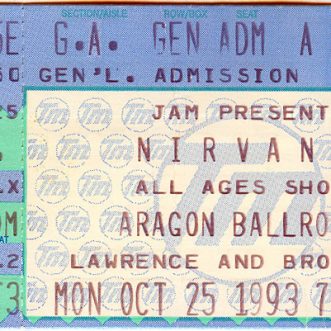April 26, 2022
Instinctively, I don’t like being paid by the hour or day. I’d much rather be paid for delivery of a service.
There are a couple of reasons for this. One is a simple dislike of being at someone else’s beck and call. The other is to do with risk.
If I am paid by the hour, and I take longer than expected to deliver the goods, the client pays more. If I take less time than expected, they gain. They are incentivised both to pay me as low a rate as possible and to have me work as fast as possible – perhaps even more hours than we agreed.
These risks are flipped if I am paid for delivery. If I have to put more effort in than I expected, I lose. If I am able to deliver with less effort, I’m the one who gains. I am incentivised to deliver a clear result in as short a time as possible. The client gets whatever it takes to complete the job.
For a business like mine, being paid for delivery makes more sense, because I am in control of the process. Over time I can expect to get better at estimating effort, and slicker at delivery, so over time, I can expect to gain.
For a business that is not in control of the process – like shipping cargo by sail for example, the situation is different. On the whole, ships prefer to be chartered, because they can’t control the weather. There is little opportunity to gain by delivering faster. Being chartered means that even though they can’t gain, they at least don’t lose.
What was counter-intuitive (to me at least) is that this arrangement might be preferable to the client who charters them. Until yesterday.
For one of my clients, Sail Cargo Alliance, the aim isn’t just to ship goods by sail, it’s to connect a worldwide community of small producers, ships, ports, independent shops and customers. For the Alliance, paying for the ship’s time makes perfect sense, because their attitude is collaborative.
OK, they take the risk of the ship arriving late, but having control over the ship’s time creates opportunities for revenue generation that don’t exist if they are simply paying for delivery. For example, they can add passengers to the trip, or if a ship arrives early, they can offer day-sailing trips, or tours, or on-board hospitality. And by sharing any additional revenues with the ship, they might just have created the best of both worlds.
Clearly my instinct is wrong. The answer is not time or delivery, but some mixture of time and delivery that minimises the downside and maximises upside for both parties. That enriches the relationship rather than simply exploiting it. Commerce without the capitalism.
Hmm. Worth thinking about for the next project.









